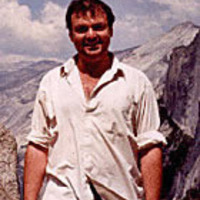The remediation of the Thala Valley landfill, Casey Station, East Antarctica, is part of efforts to clean-up contaminated sites associated with the Australian Antarctic Program. These sites, ranging from abandoned rubbish dumps to fuel...
moreThe remediation of the Thala Valley landfill, Casey Station, East Antarctica, is part of efforts to clean-up contaminated sites associated with the Australian Antarctic Program. These sites, ranging from abandoned rubbish dumps to fuel spills, are contaminated principally with metals and petroleum hydrocarbons. Remediation success depends on accurate, cost-effective and timely--fit-for-purpose--chemical analysis of soil and water samples from the site, which is required to guide excavation, the in situ or off-site treatment and disposal of contaminated material, and to validate satisfactory remediation. Owing to the remote location of Antarctica, it is necessary to carry out chemical analyses on-site. Waste and soil contaminated with Pb, Zn, Cd, and Cu were excavated from Thala Valley for removal to Australia, treatment and disposal. Analysis of total metal concentrations in soil was performed at Casey Station with a transportable energy dispersive X-ray fluorescence (EDXRF) spectrometer. Soil samples were prepared using a simple size-fractionation method to expedite sample throughput. A method for assessing contaminant mobility in solid waste (toxicity characteristic leaching procedure, TCLP) was also used to characterise soil. Although this was more labour-intensive and time-consuming than the total metals analysis, it was of great utility because leachable metals were often significant determinants in the assessment of contaminated soil. The combined data helped managers during remediation, directing excavation and allowing waste to be classified for treatment and disposal before its return to Australia.
